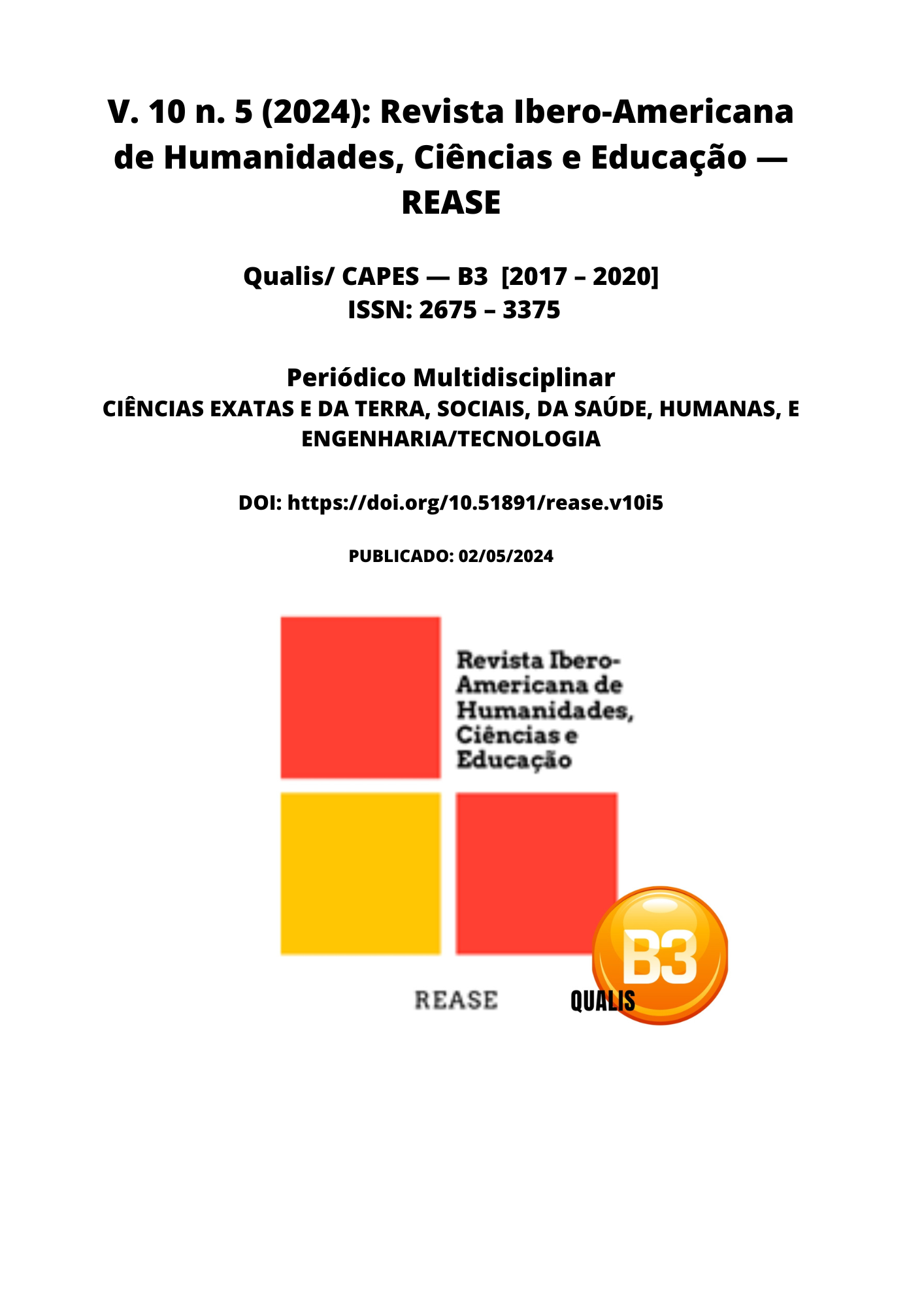THE USE OF BASIC QUALITY TOOLS AND THEIR CONTRIBUTION TO STRATEGIC PLANNING IN OPTIMIZING PHARMACEUTICAL ASSISTANCE IN A PRIMARY HEALTHCARE UNIT
DOI:
https://doi.org/10.51891/rease.v10i5.14342Keywords:
Health Management, Hospital Management, Pharmaceutical Management, Strategic Planning.Abstract
Introduction: This summary addresses the challenges faced by pharmaceutical managers, including team coordination, resource management, and regulatory compliance, highlighting that effective health management is essential to ensure the quality of services provided. Objectives: To analyze how the cause-and-effect diagram can be an effective tool to improve the dispensing of medical supplies and medications in pharmaceutical care, highlighting the pharmacist's role in managing these items in primary healthcare units (UBS), and to understand the influence of organizational management on the improvements and challenges related to dispensing. Methodology: This article adopts a narrative literature review. Data were searched in databases such as BVS, LILACS, and Scielo, using specific descriptors. As it is a literature review, submission to the Research Ethics Committee was not necessary. Results: The research resulted in the selection of 19 main articles. These articles were used to support the literature review and analysis described. Discussion: The use of the cause-and-effect diagram helped identify and solve management problems, improving the dispensing and control of supplies. Conclusion: The cause-and-effect diagram is an essential tool for achieving organizational goals and promoting changes in pharmaceutical care, optimizing resources, and ensuring the smooth functioning of health units.
Downloads
Downloads
Published
How to Cite
Issue
Section
Categories
License
Atribuição CC BY

